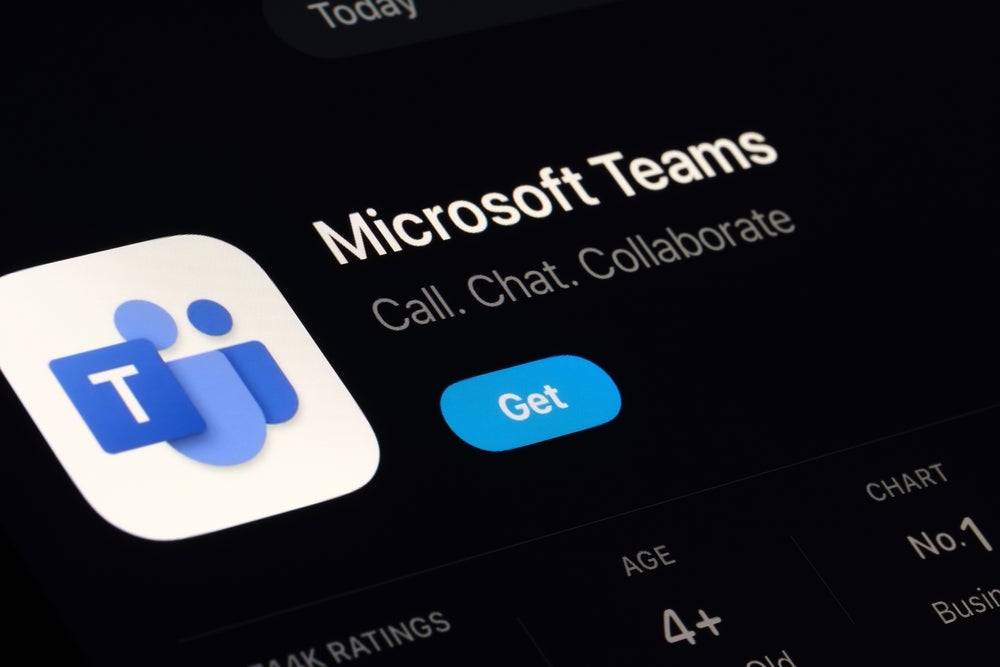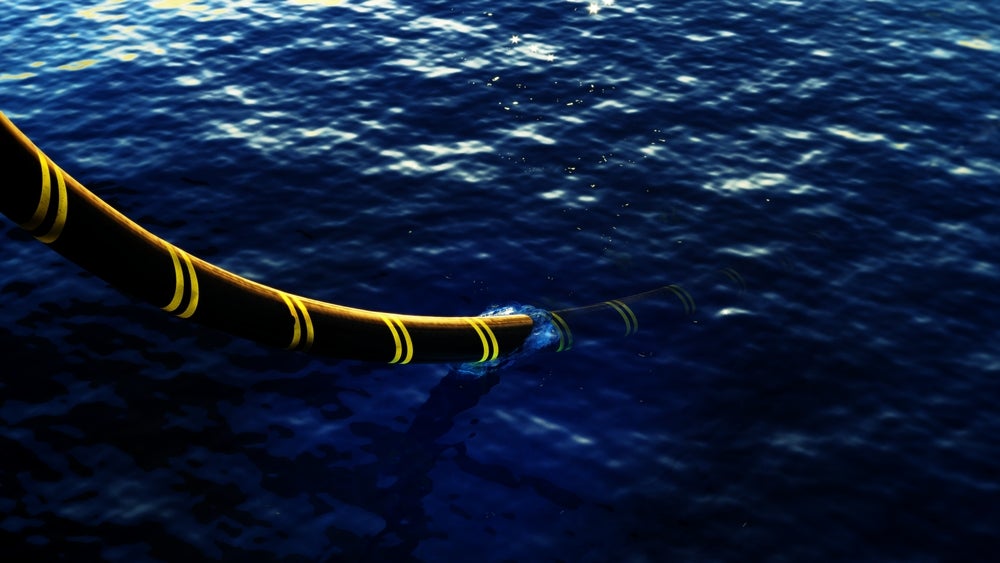Brightcove has been granted a patent for a fault-tolerant, cloud-based system that can switch between transcoded video streams in the event of a fault. The system includes a redundancy control unit that outputs a manifest and can modify it to switch to another transcoded stream when a fault is detected. The modified manifest also includes a discontinuity marker to allow for seamless switching to the new stream. Additional redundancies can be added for increased fault tolerance. GlobalData’s report on Brightcove gives a 360-degree view of the company including its patenting strategy. Buy the report here.

Access deeper industry intelligence
Experience unmatched clarity with a single platform that combines unique data, AI, and human expertise.
According to GlobalData’s company profile on Brightcove, low latency interactive streaming was a key innovation area identified from patents. Brightcove's grant share as of September 2023 was 68%. Grant share is based on the ratio of number of grants to total number of patents.
Fault-tolerant live video streaming with redundancy control unit
A recently granted patent (Publication Number: US11743310B2) describes a method and system for providing fault-tolerant live video streaming. The method involves obtaining two transcoded video streams from separate video transcoders, each stream consisting of a set of video segments. These video streams contain live content captured from a video source during a live event. The method then outputs a manifest that declares URLs for the video segments of the first transcoded video stream, creating an output video stream.
The patent introduces the concept of identifying fault conditions with the first transcoded video stream. These fault conditions can include operational failures of the URLs or a lack of timely manifest updates. In response to identifying a fault condition, the method updates the manifest to switch from using the URLs of the first set of video segments to using URLs for the second set of video segments from the second transcoded video stream. The updated manifest includes a discontinuity marker or a new period declaration before using the video segments of the second transcoded video stream.
The patent also mentions the use of chunk-based transmission protocols such as HTTP Live Streaming (HLS) and Dynamic Adaptive Streaming over HTTP (DASH) for transmitting the video segments. It further describes the modification of various parameters within the video segments, including Sequence Parameter Set (SPS), Picture Parameter Set (PPS), Presentation Timestamp (PTS), Display Timestamp (DTS), Program Clock Reference (PCR), and System Clock Reference (SCR).
The method can be implemented with redundancy control units, content delivery networks (CDNs), and origin servers. The patent provides different configurations for distributing the output video streams among CDNs and origin servers.
In summary, this patent presents a method and system for fault-tolerant live video streaming by utilizing multiple transcoded video streams and dynamically switching between them in response to identified fault conditions. The patent introduces techniques for updating manifests, modifying video segment parameters, and distributing video streams across CDNs and origin servers. These innovations aim to improve the reliability and continuity of live video streaming.
To know more about GlobalData’s detailed insights on Brightcove, buy the report here.
Data Insights
From

The gold standard of business intelligence.
Blending expert knowledge with cutting-edge technology, GlobalData’s unrivalled proprietary data will enable you to decode what’s happening in your market. You can make better informed decisions and gain a future-proof advantage over your competitors.







